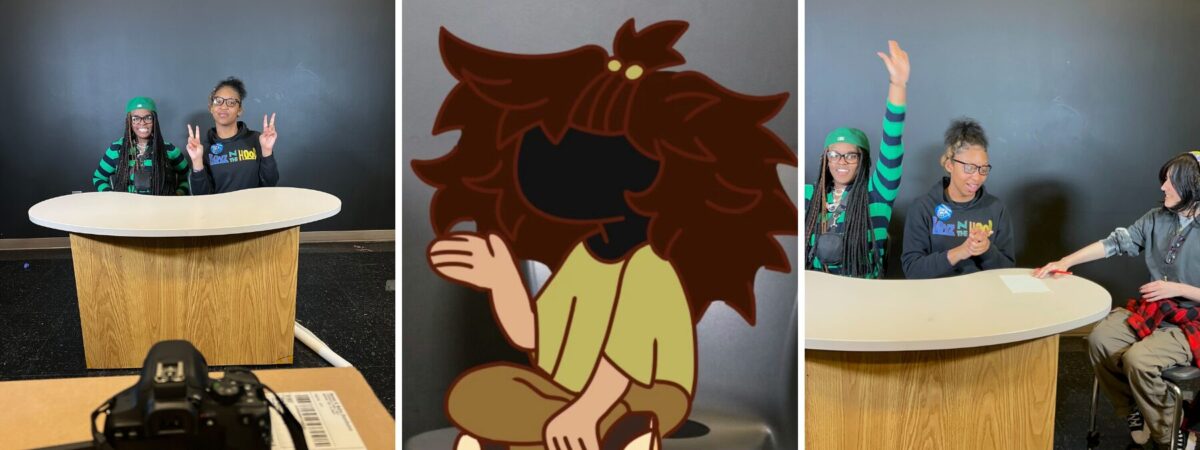
January 9, 2024 | By Alesa Barron
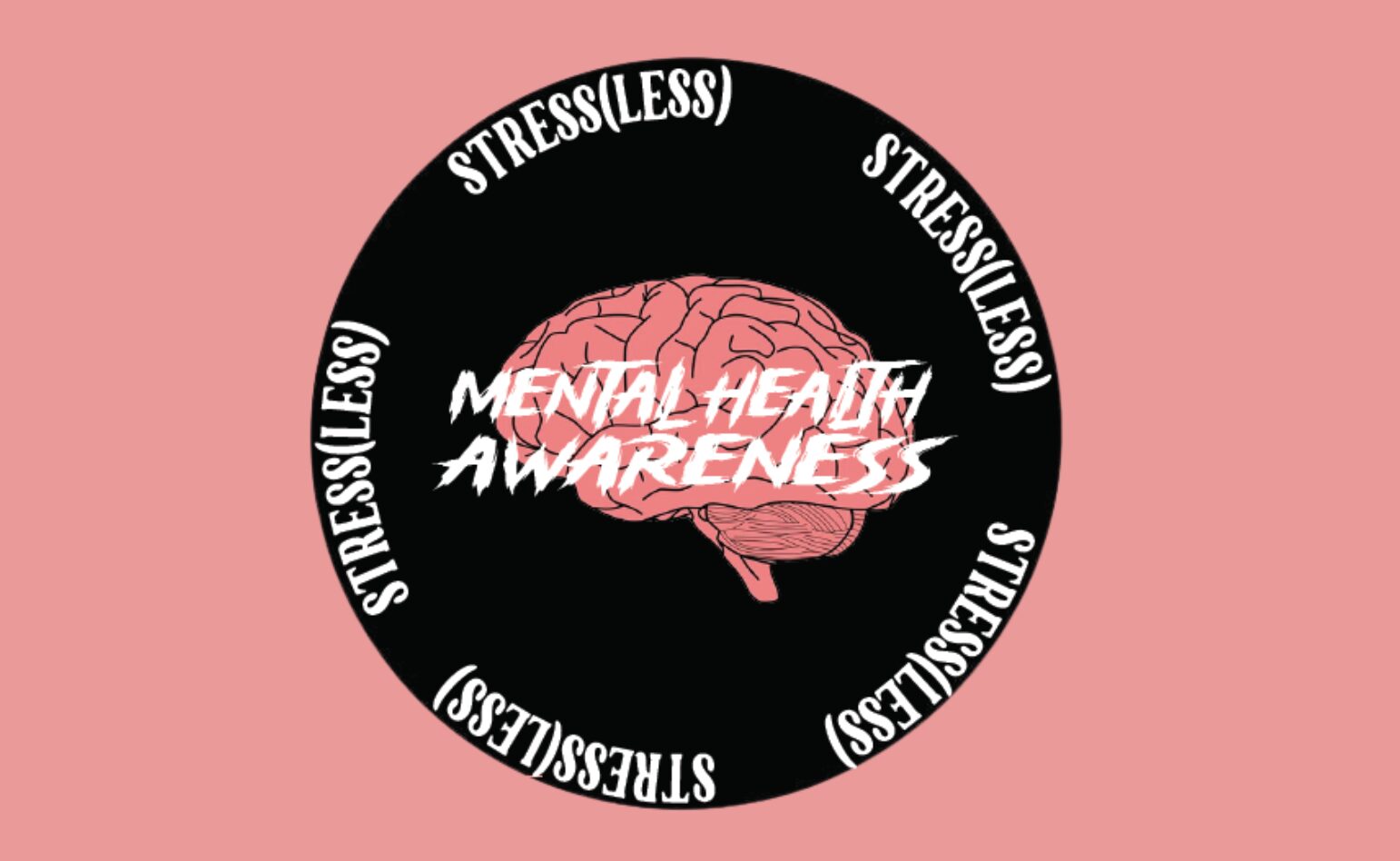
Logo for student project, Stress(Less).
Students also created many projects that addressed hunger such as “Free Food Finder,” an app used to locate spaces and organizations that are actively providing food for those in need; “Cease4Hunger,”a service that delivers mildly damaged goods from grocery providers and delivers them directly to the underserved; and “Project F: Fair Chance,”a food kitchen, shelter, and career center for those seeking more long-term solutions to poverty.
Additional projects inspired action for global warming concerns, Black business directory services to stimulate community-based enterprises, gender-inclusive competitive spaces for collaborative fun, and DIY community improvement kits to address governmental delays/oversights in local beautification and safety.
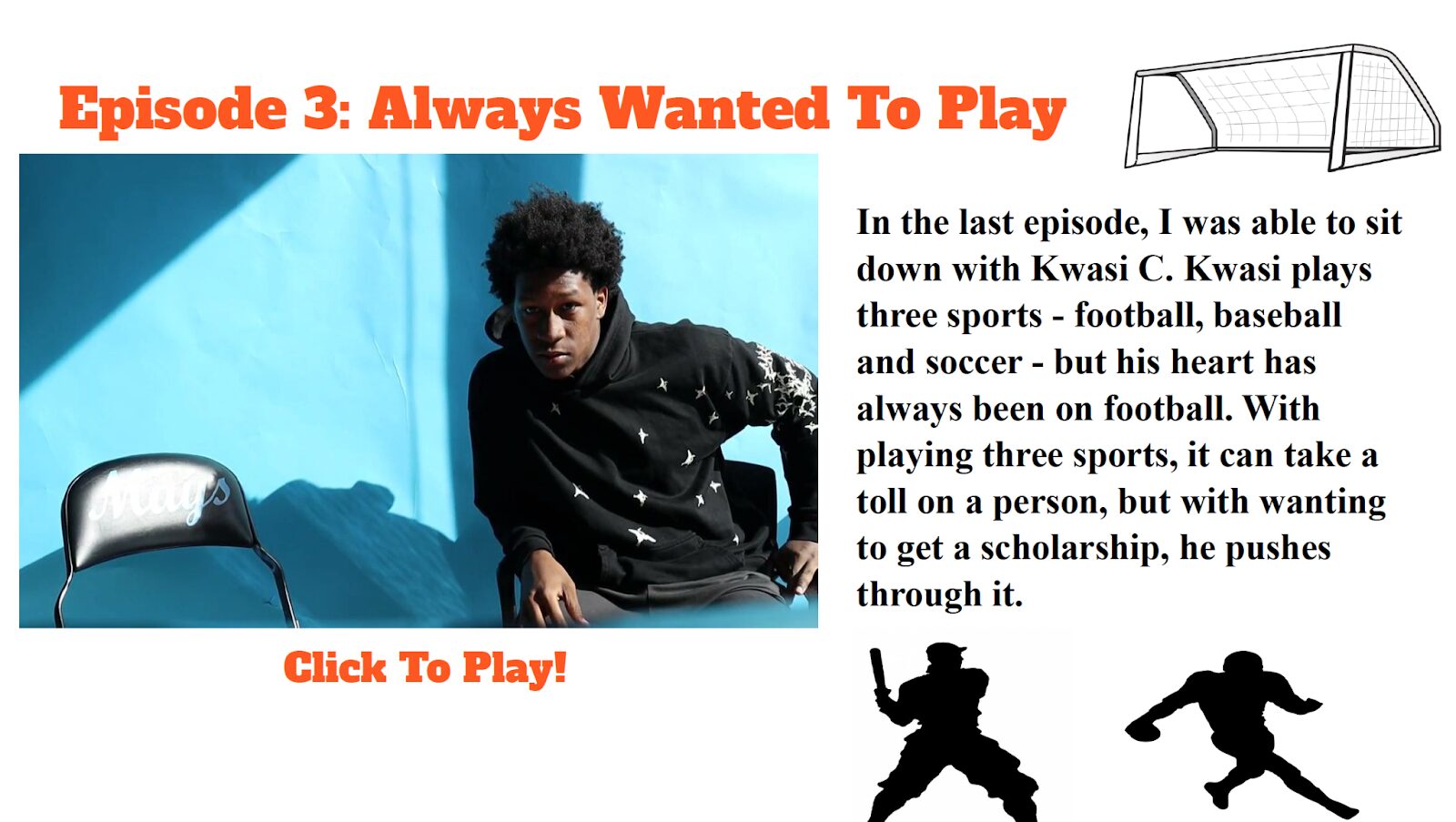
Episode from “Health Is Wealth” podcast.
Student agency is incredibly important for the motivation that is necessary later in the process. When students work on a topic connected to their interests, there is a higher chance the student will see the project as more than a grade. In instances where students were disinterested or disengaged, we could practice accountability using the surveys where they indicated their passions and interests. This kind of autonomy inspires leadership in each participant to ensure that parts of their individual visions are incorporated into the final project. Furthermore, I encouraged the students to determine their role on the team to avoid having natural leaders delegate without input from the team and/or to prevent a complete lack of leadership overall. Students assumed roles such as creative director, architect, presentation designer, researcher and project manager.
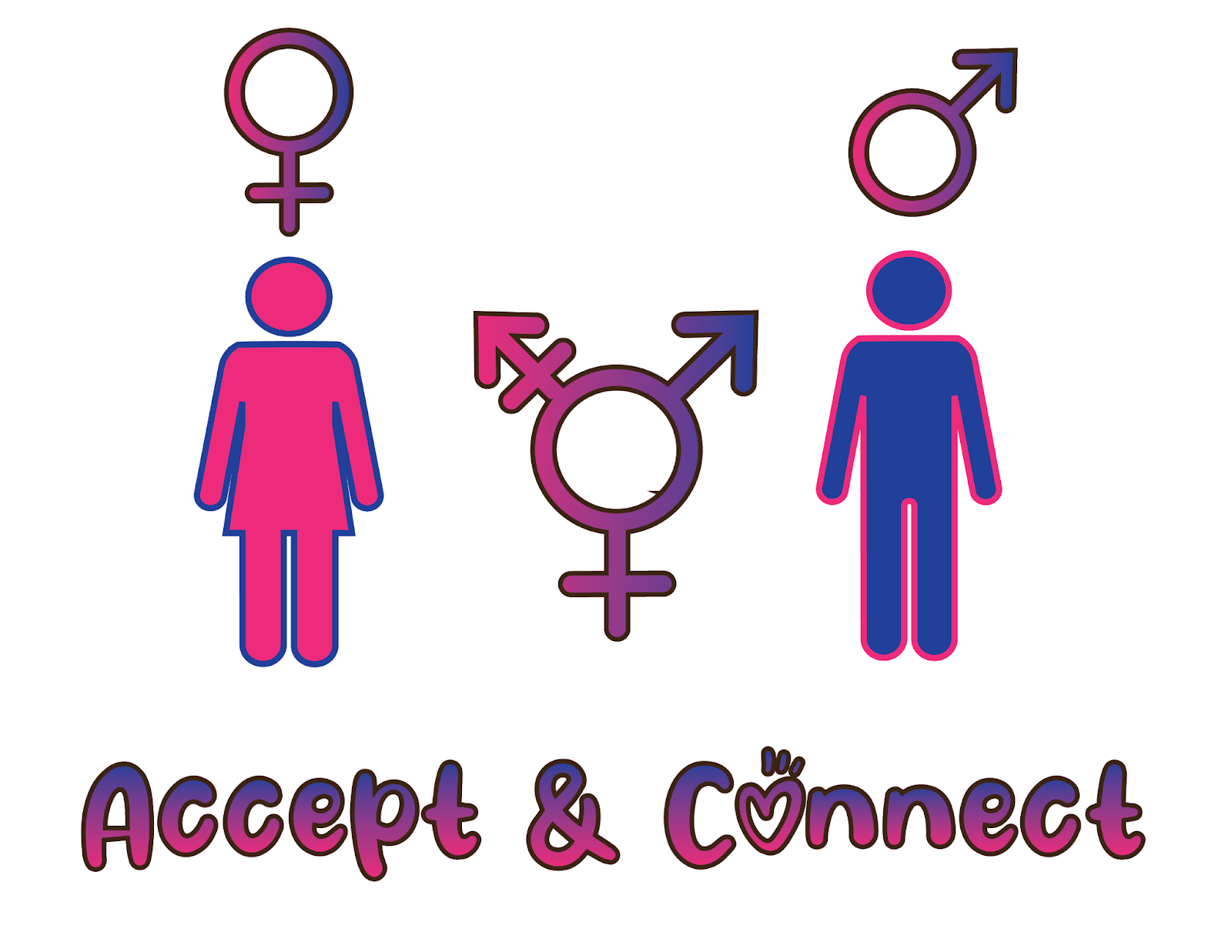
Logo for student project, “Accept & Connect.”
These students understood their groupmate’s need for gender-friendly spaces and developed a platform for him and other students like him to speak candidly and safely.
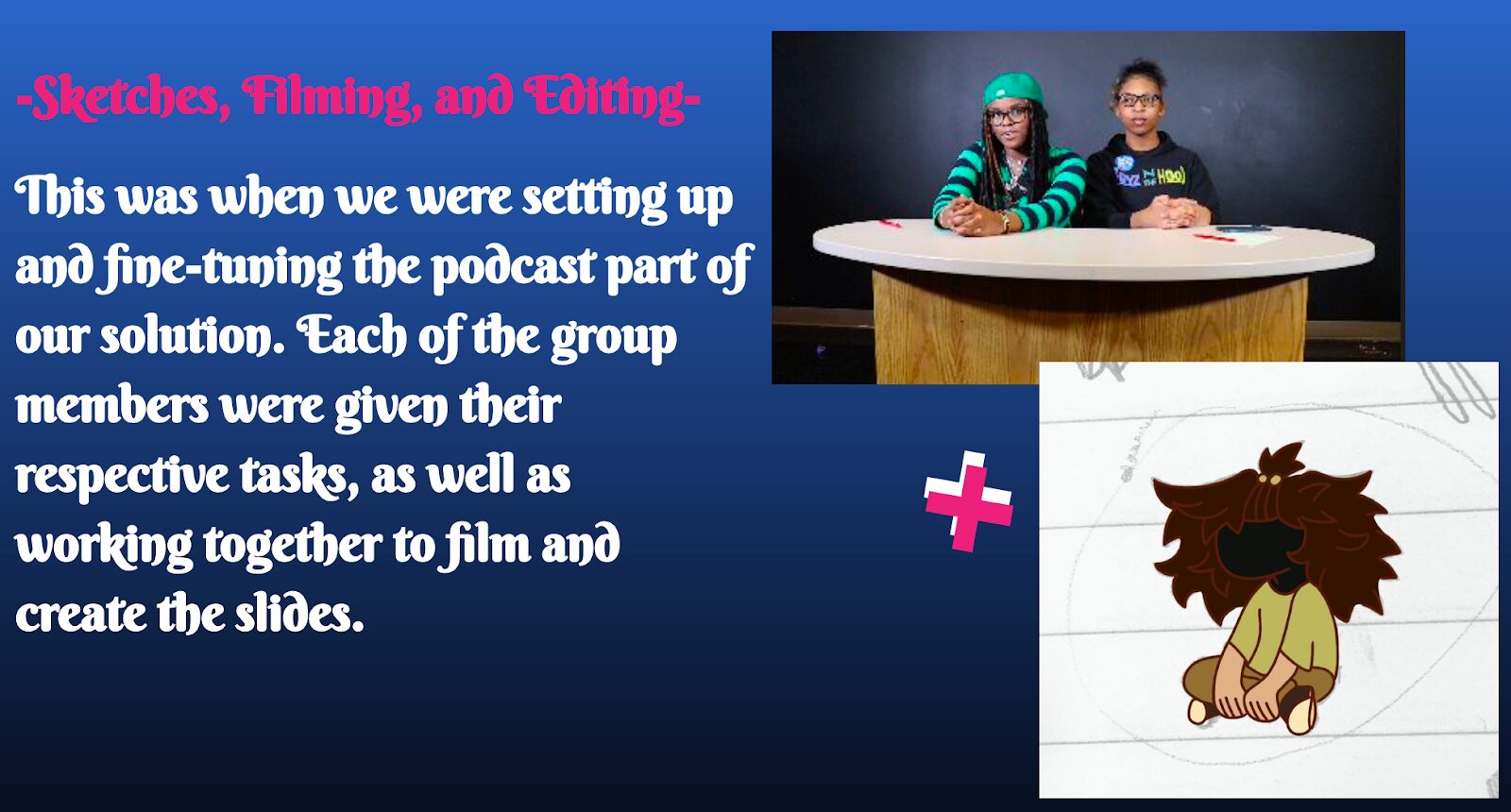
This group acted quickly to support their classmate, who created the animation of his own story (to be used in conjunction with his audio interview) for the pilot episode of this inclusive podcast, also providing future guests with the sovereignty to show up as their true selves through custom depictions.
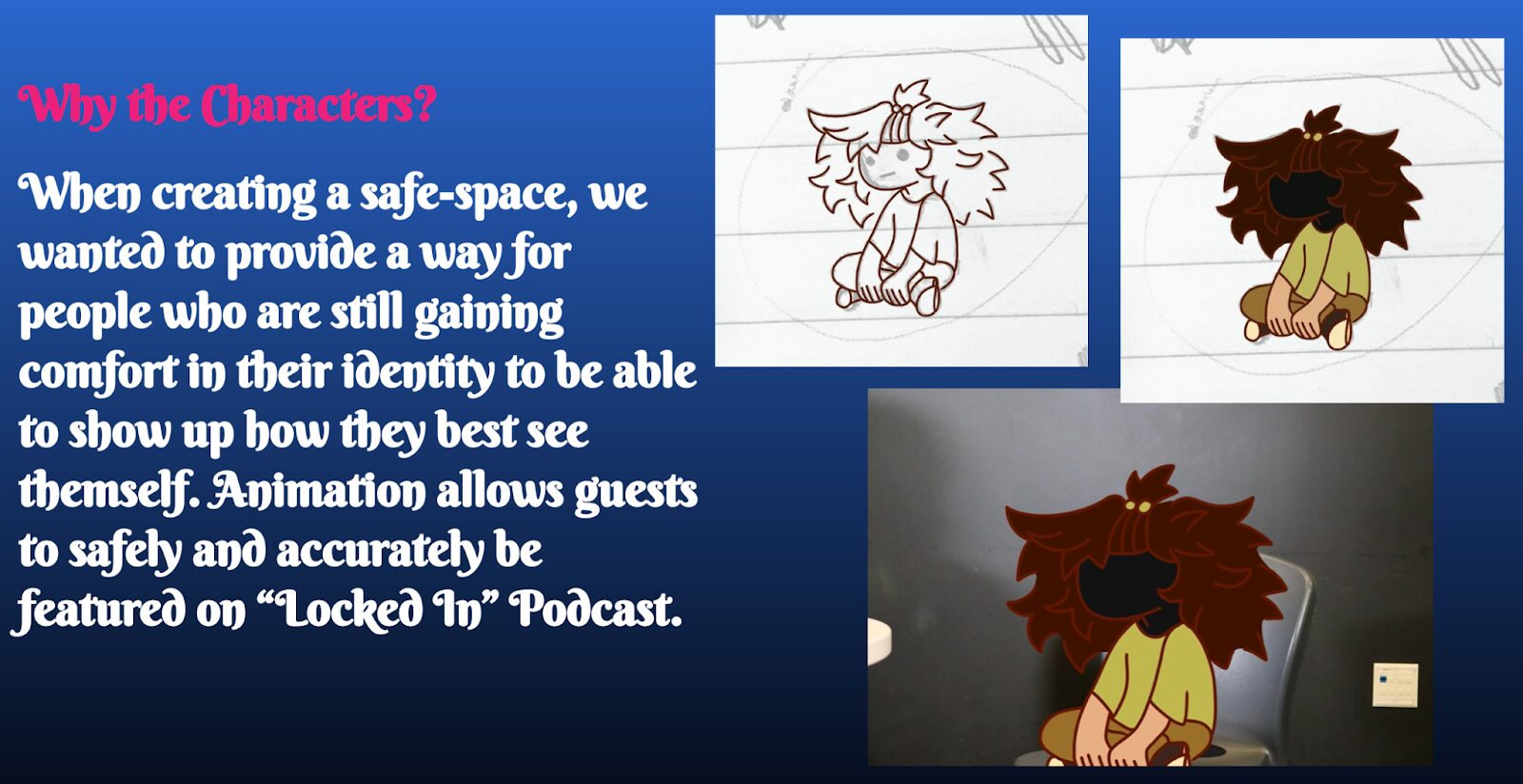
My advice to other educators is to make space for both student empathy and practicality in student projects. As facilitators, we must both support passionate students in their ambitious plans and remind practical students that the world’s profitable businesses thrive because they solve a problem. No matter the motivation, creative solutions are the key to success.
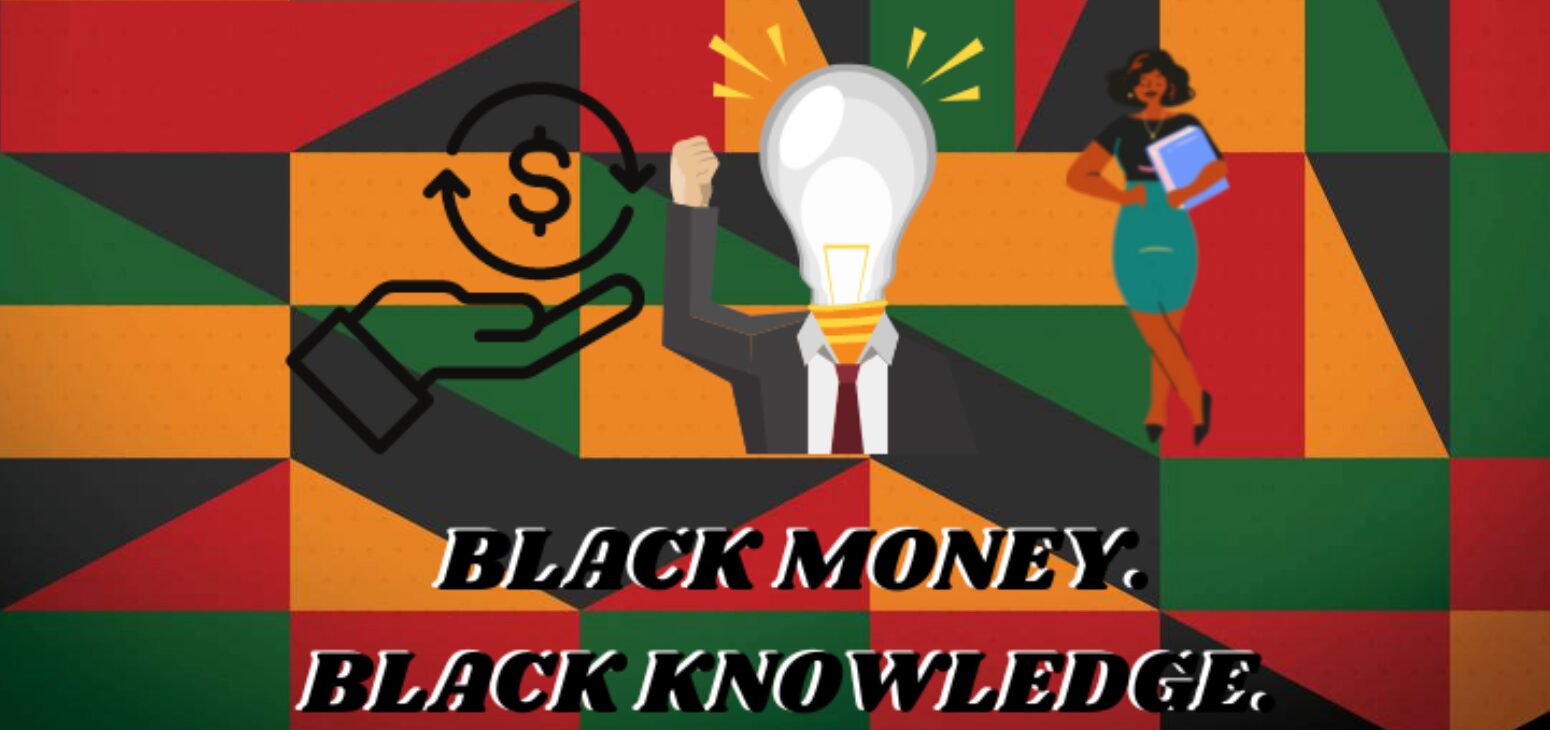
Logo for student project, “Black Money. Black Knowledge.”